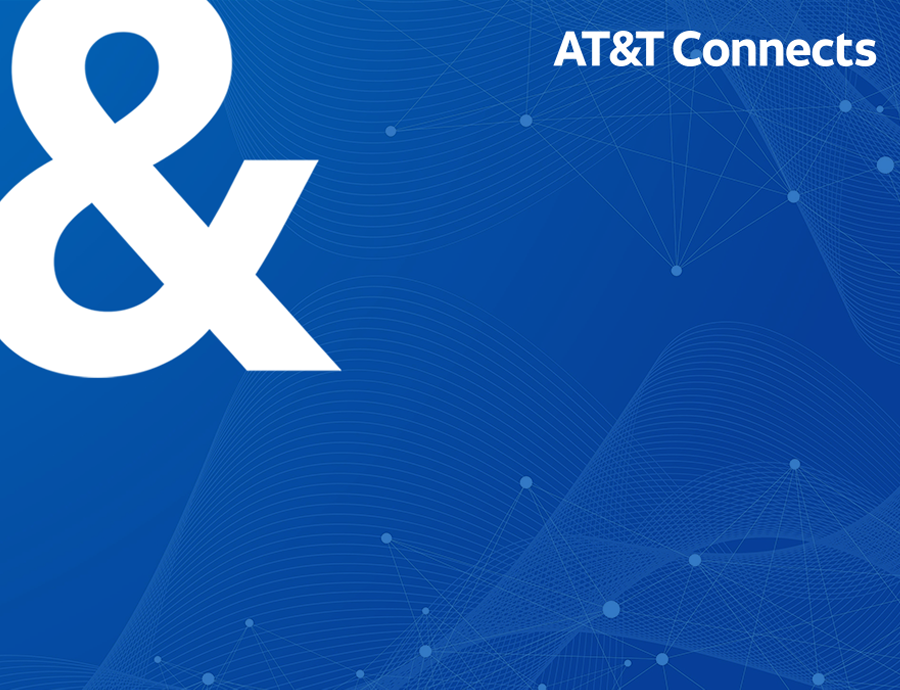In the digital divide debate, much of the focus is on solving for two problems – broadband availability and affordability. To be sure, both are essential pieces to any solution that is targeted toward getting 100% of Americans connected. But there is a third leg of the stool that is less well understood and often overlooked – digital literacy and engagement.
Connecticut issued a recent report by its Education Technology Commission that brought this issue into stark relief. In early 2020, as the pandemic closed schools, Congress sent billions of dollars of education support to the states, including dollars that could be spent on broadband technology to get students connected remotely. Relying on those dollars coupled with philanthropic contributions, Connecticut devised a plan to purchase laptops packaged with home broadband services for all low-income students who were not connected at home.
And yet thousands of Connecticut’s students still did not log onto remote classes, even after the state allotted millions in federal aid dollars for an ambitious remote learning program. “We have this misconception that ‘if you build it, they will come,’” said Doug Casey, the executive director of the Connecticut Commission for Educational Technology. “The big takeaway for us,” Casey said, “is that there is a lot more to all this remote and blended learning than simply a connection and a device.”
Connecticut is not alone. Similar reports from across the country suggest digital engagement (or the lack thereof) is a real and much more nuanced problem. The reasons why a family or student may not take advantage of a subsidized connection and a free device are varied and not well understood. Reports suggest multiple factors may come into play, including the existence of a difficult home environment not conducive to engagement, language barriers, cultural barriers and housing insecurity. Research conducted by Pew also suggests that many low-income households simply prefer the convenience and ease of mobile solutions bolstered by much deeper familiarity and ease with smartphones.
But one over-arching challenge that sits at the center of the problem is digital literacy. Absent an appreciation for how connectivity can enable critical engagement – and the basic IT skills needed to support use of a home computer – a fixed broadband solution may simply not be deemed essential or feasible in many households.
Connecticut is now attacking this engagement challenge head on, dedicating nearly $11 million in stimulus funding to door-to-door outreach in 15 school districts. The effort is targeted at students who have been disengaged in the remote environment to help them enroll in summer classes and prepare for the Fall academic term. The state also hopes the home visits will help officials connect families with needed behavioral and mental health services and learn more about individual struggles with digital literacy and/or childcare.
The recently released National Urban League Lewis Latimer Plan for Digital Equity also recognizes that digital readiness is a “significant barrier for certain demographic groups, hindering their ability to adopt and fully utilize broadband at home.” The Plan’s principal recommendation on this score is to create a national Office of Digital Equity to help coordinate targeted training to bolster adoption rates. The plan also recommends, among other things, establishing a Digital Readiness Corps to help unconnected persons solve a wide range of adoption issues – an AmeriCorp for the digital age.
Engagement challenges are also at the heart of our commitment to create AT&T Community Connected Learning Centers. Working with community partners, we have committed to facilitate digital readiness in local communities by providing local centers with high-speed fiber connectivity, Wi-Fi, laptops, employee mentoring and content, including virtual learning tools from collaborators like Khan Academy. And together with Public Library Association (PLA), we will offer a specially curated collection of digital literacy courses to help parents build the skills and confidence to keep their family connected at home so they can participate effectively and safely in today’s digital world. These courses will be available virtually for everyone and offered in-person at public libraries as part of the PLA’s nationwide digital literacy initiative.
To be sure, meeting the President’s goal of connecting 100% of American households to the internet is the top priority. But the battle against the digital divide cannot stop there. We must also tend to the third leg of the connectivity stool – digital literacy and engagement.
Availability, affordability and digital readiness – all three are essential components to any solution and we are committed to continuing to work with the Administration to ensure all Americans have the digital tools necessary to succeed in the digital era.





